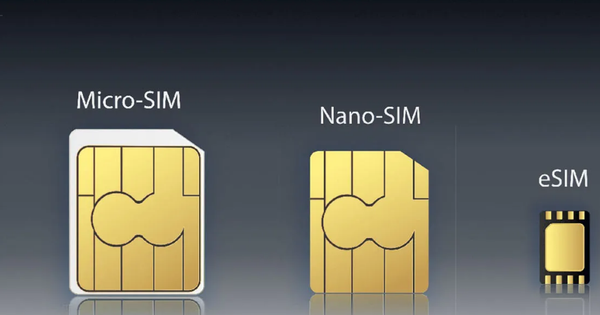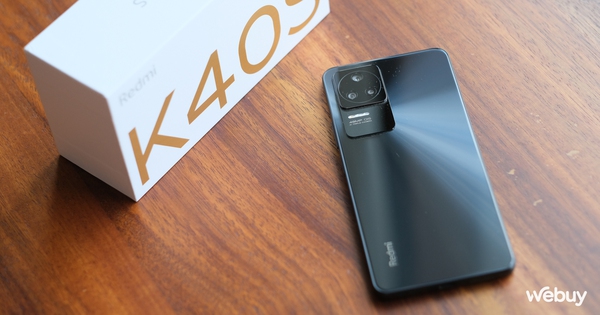30 surgeons in 12 hours help man transplant a new hand
Steven Gallagher, a 48-year-old man living in the UK has become the first scleroderma patient in the world to receive a new pair of hands from a donor. The monstrous disease had previously left both of Gallagher’s hands spastic.
The doctors asked him if he wanted to remove the joints to remove those useless hands? In return, they were able to give him 2 new functional and working hands. At first, Gallagher thought it was just a joke and there was no such thing as a miracle.
But the doctors finally convinced him that the surgery was medically feasible at this point. Gallagher then agreed. He was taken to Leeds Hospital in the UK and underwent a 12-hour operation there.
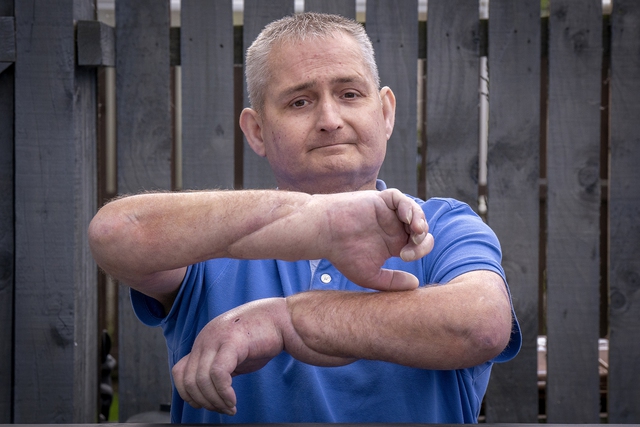
Steven Gallagher, the first person in the world to have a new pair of hands.
A team of 30 doctors and nurses worked to help Gallagher transplant a new pair of hands last December. The man continued to undergo a 5-month follow-up and physical therapy treatment.
To this point, the surgery is officially recognized as successful. “The hands that gave me a new life“, said Gallagher.It’s really great.”
Scleroderma: An evil disease
Gallagher’s story begins in 2009, when he first noticed an unusual rash on his face. The rash then spread from his cheek to his nose, plus a painful sensation in his right arm. Gallagher was only 35 years old when he went to the doctor and was diagnosed with scleroderma.
Scleroderma is an autoimmune disease, a collection of diseases that occur when the immune system mistakenly recognizes cells in the body as pathogens and attacks them. In scleroderma, the cells most commonly attacked are the endothelium of the face and extremities.
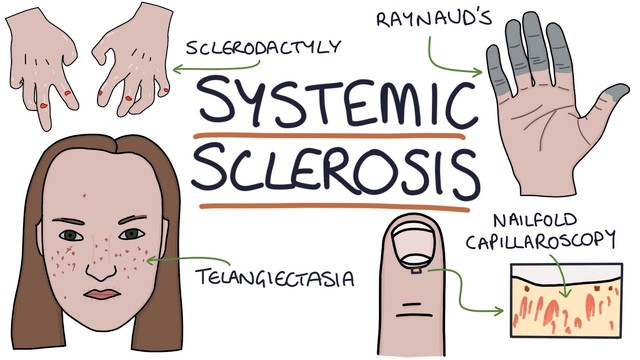
Scleroderma damages blood vessels, blocking the flow of oxygen and nutrients to skin cells and causing them to harden.
The disease destroys blood vessels, blocking the flow of oxygen and nutrients to skin cells. Gradually, dead skin cells leave scars inside the endothelium and begin to cause the affected skin to become dermis and hard.
The patient will then experience excruciating pain when pieces of skin and nerves are pulled. For Gallagher, it was excruciating pain in the sides of his hands.
“My hands were gradually being pulled together, they had basically become two fists. I can’t use any hands or fingers. The only thing I can do is lift things with both hands.”Gallagher recalls.
Before scleroderma, Gallagher was a roofer. The illness then forced him to quit his job. Gallagher switched to a light desk job, but eventually two stiff, stiff hands eventually rendered him unable to do anything.
“Even getting dressed has become difficult for me.”, Gallagher said. “I can’t hold anything anymore.”
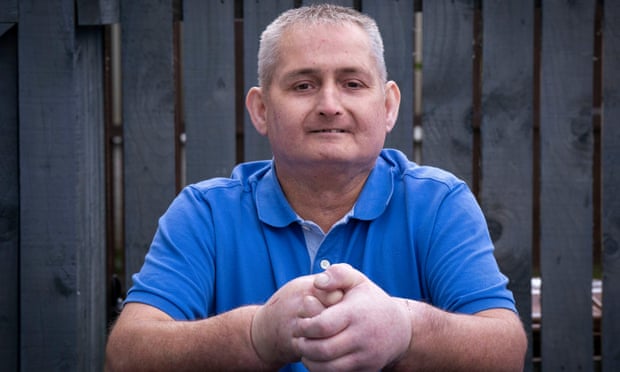
Basically, doctors say there isn’t any effective treatment for scleroderma. They can only give patients immunosuppressive drugs to calm attacks on skin cells. Beyond that, the only approach is to relieve symptoms.
But for a patient like Gallagher whose hands have become sclerosed to the point of paralysis, treating symptoms means getting his hands working again. This is impossible with drugs, unless, he gets a whole new pair of hands.
Hand-to-hand grafting: How do doctors do it?
The era of human-to-human organ transplantation began about 70 years ago, when doctors successfully performed the world’s first kidney transplant in 1954. Three decades later, the organs turned in turn. Other organs such as liver, lung, pancreas and kidney can be donated and transplanted.
Around this same time, doctors tried to perform the first hand transplant in 1964, but it ultimately failed. It was not until more than 30 years later that in 1998, a team of French, British and Australian doctors successfully performed the first hand transplant for a prisoner in Clint Hallam.
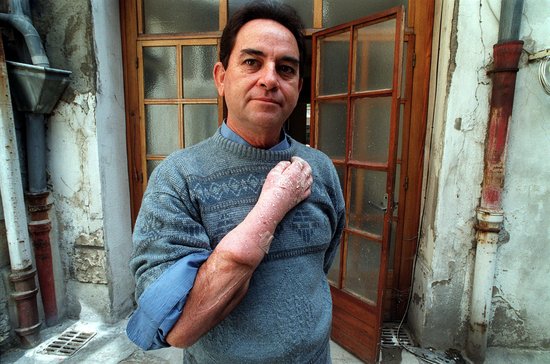
Clint Hallam, the world’s first hand transplant patient in 1998.
Basically, hand transplants will be performed in the following order: First, doctors will examine the stump, hand size, muscle, blood type, tissue type, skin color and age of the patient. to screen from among donors (usually brain dead) a matching hand.
In the meantime (which is often uncertain and depends on how common or rare your hand is), the doctors will explain to you the mechanism by which the hand transplant is performed to keep you safe. heart.
First, they cut off the stump of the hand, to connect the bone there to the bone of the new hand, using nails and small metal plates. The tendons, arteries, nerves and veins are then meticulously sutured under a microscope and with a special type of suture.

It will take about 12 to 24 hours for the doctors to do the job. When you’re done, the skin on your new hand is stitched back together and you’ll then be transferred to the intensive care unit (ICU) to recuperate.
A physical therapist will closely monitor and guide you through your hand exercises from this point on. Usually after about 7 days, you can already control your new hand to grasp objects, for example grab a water bottle and drink.
In addition to physical therapy, while recovering from hand transplant surgery, patients will also be cared for by a psychologist, who will help them reduce anxiety attacks and adapt to sensations.” strange” in possession of another’s hand.
In fact, psychological care is especially important, because unlike organ transplants in which the patient cannot see the transplanted kidney, liver or heart, hand transplant patients will see the table. their new hand every day.
This can create psychological instability. It was Clint Hallam, the world’s first hand transplant patient, who couldn’t stand it and personally asked the doctors to remove the new hand from her body in 2001, just 3 years after receiving it.
Steven Gallagher’s hands are now well restored.
Unlike an operation to attach one’s own severed limb, transplanting a new hand from a donor requires the patient to take anti-rejection drugs for life, to prevent the immune system from attacking and causing necrosis. new hand.
Over the past two decades, doctors around the world have performed hundreds of hand transplants and their success rates are relatively high. The patient after recovery had a better quality of life with the new hand.
Although it cannot restore full function, the hand transplant can be fully used by the hand transplanter to pick up objects, grasp heavy objects like a full milk bottle, tie shoelaces, use knives and forks, or even catch shadow.
“The hands that gave me a new life”
That’s what Steven Gallagher said 5 months after he received both new hands from a donor. Gallagher became a scleroderma patient and was also the first person in the world to have this procedure performed.
“After the surgery, I woke up and it was pretty weird because before the surgery I still had my hand and then when I woke up I still saw the hand on my body. In my head I think I’ve never lost a hand.”he said.
“And these new hands are amazing, it all happened so fast. From the moment I woke up from the surgery, I was able to move them“The important thing is that for Gallagher now, the pain from scleroderma in his hands is gone.
He is now able to regain the function of his hand, being able to use it to do simple things that were previously impossible, such as grasping, turning on the faucet and petting his pet dog.
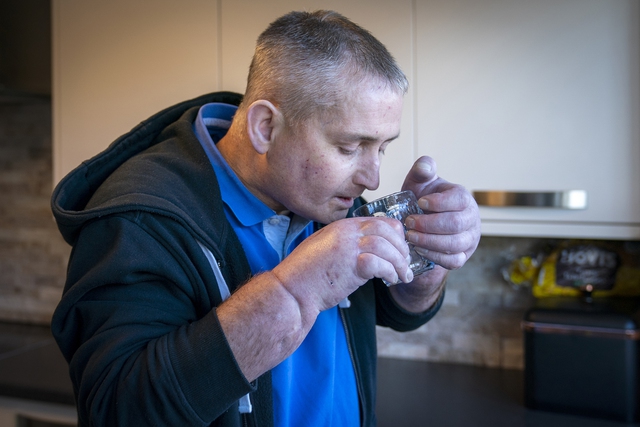
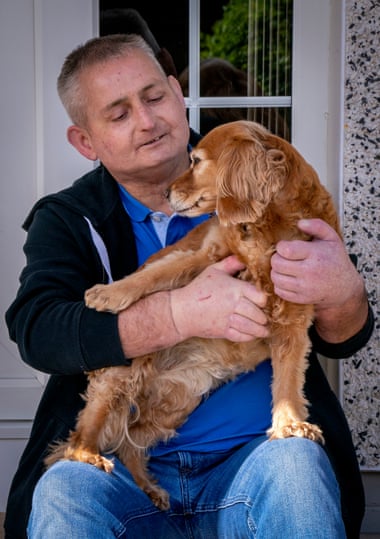
Doctors rated Gallagher’s prospects for recovery as very good. Although like other patients, he will have to take anti-rejection drugs for the rest of his life. But current evidence suggests that transplant recipients like Gallagher will be able to manage their new hand for decades without problems with rejection.
Gallagher is now planning to find a suitable job for him at the age of 48. It is to make up for the money he and his family spent on the surgery, amounting to more than half a million USD (equivalent to 12 billion USD). VND).
It must be said that it is an expense that is not easily accessible to many other scleroderma and other unfortunate hand loss patients around the world. However, this transplant is a demonstration of the progress of medicine in general and hand transplant technology in particular.
In the future, many more patients will benefit from this procedure.
Synthetic
at Blogtuan.info – Source: genk.vn – Read the original article here
